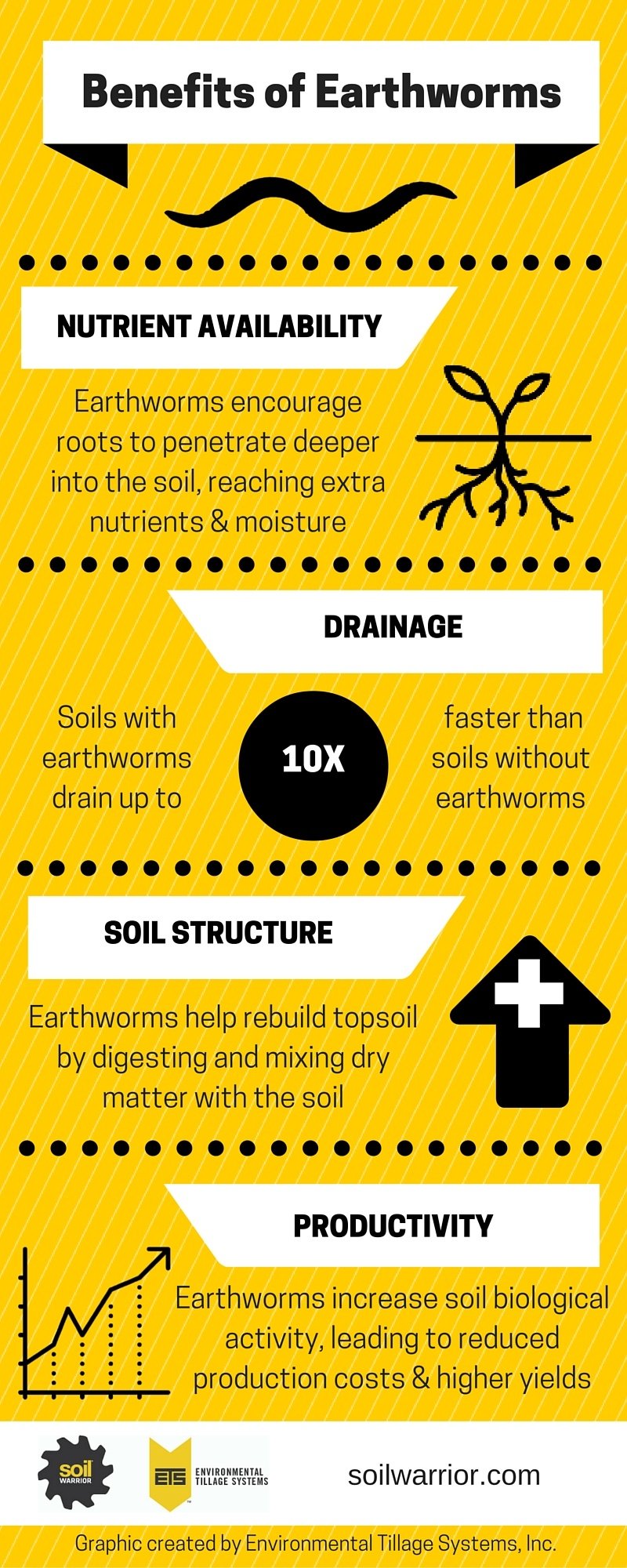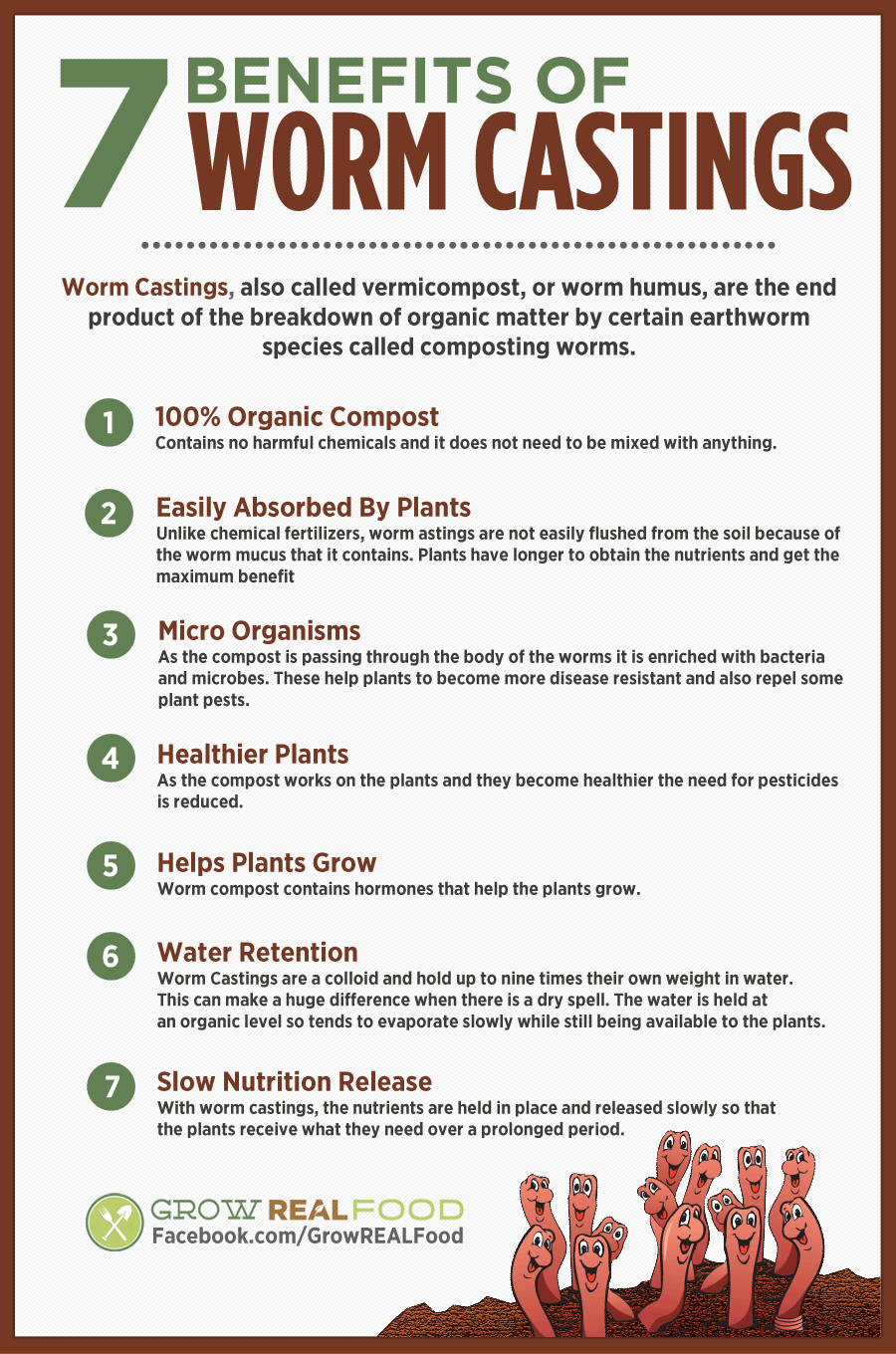A Biased View of North Carolina Worms
A Biased View of North Carolina Worms
Blog Article
The 10-Second Trick For North Carolina Worms
Table of ContentsThe Single Strategy To Use For North Carolina WormsThe Buzz on North Carolina WormsNorth Carolina Worms Things To Know Before You BuySome Of North Carolina Worms
Example: 1-gallon of worm spreadings to 4 gallons of potting mix. Do NOT utilize a potting mix that has chemical plant foods in it. Read the labelit will say. 1/2 cup in all-time low of the planting hole for smaller plants. 1 mug for larger plants. ie. tomatoes, green peppers, summer season squash, and so forth.
The addition of tea can additionally add boosted microbial biomass to your soil. You can constantly side-dress your plants with worm castings at any moment. Simply keep in mind, the microorganisms will certainly pass away if revealed to UV rays (Sun), so be certain to cover the castings with an inch or so of dirt.
This frustrated them for many years until the screening techniques became much better. They found that plant development and wellness displayed a Normal curve. It would obtain much better(with more spreadings), level off, and afterwards decrease. They were mystified. They ultimately discovered that excess plant-growth hormonal agents were the culprit. A lot of worm spreadings would speed up the growth to a rate that the plant might not recoup from.
Everything about North Carolina Worms
I have expounded the merits of worm spreadings for regarding 2000 words. Worm castings are no different. It takes time to create high quality worm castings.
Worm castings absolutely cost more than chemical plant foods. Worm spreadings are on the more affordable end of natural plant foods. (50 gallons per year) It is a much harder and really costly investment to create big quantities of worm castings.

Creating a healthy dirt may be the biggest benefit of worm castings. We discussed worm spreadings NPK and additionally the appropriate nutrient analysis that need to apply to worm spreadings.
Top Guidelines Of North Carolina Worms
We spoke concerning some of the negative aspects associated with worm castings. I covered a great deal of product in this post.
The vertical burrows are generally open, although the worms cap the leading with deposit and waste matter. Origins need oxygen for their growth, whereas they produce carbon dioxide that requires to leave the dirt.
Earthworms boost porosity by two mechanisms: (1) by creating permanent burrows, and (2) by boosting soil aggregation. Gathering is enhanced by the mixing of dirt and natural issue in the earthworms' digestive tracts. Where to buy worms in NC. These highly secure aggregates are deposited by some earthworms in their burrows, and by others at the surface area of the dirt


In another study, earthworms were approximated to consume 4 to 10 percent of the top 6 inches of the soil yearly. This only mosts likely to reveal the huge amounts of soil that can be processed by earthworms. Soil compaction decreases the porosity of the soil. Due to the fact that earthworms increase porosity, they minimize the results of compaction.
North Carolina Worms Fundamentals Explained
Normal earthworm populations can quickly take in 2 lots of dry issue per acre each year, partially absorbing and mixing it with soil. The importance of earthworms to blend surface area residue with dirt comes to be really clear in soils that do not have any type of earthworms. Many of our Pennsylvania soils have at the very least some earthworms, and the impact of their total lack, consequently, can not be noted.
(https://www.producthunt.com/@ncworms)In these dirts, the development of topsoil with practical organic matter content did not happen, leading to bad crop development. Once the cause was established, the federal government of the Netherlands began a project to present earthworms. After the intro of the earthworms, a dark topsoil layer was developed, and crop growth increased substantially.
They live mostly from partially disintegrated raw material that is currently included in the dirt. They eat their method with the soil, developing straight burrows that they full of their excrement. These species ingest big amounts of soil that they combine with absorbed crop deposit in their digestive tracts. or anecic types live in permanent upright burrows that can be 5 or 6 feet deep.
Their burrows stay open, although they cap the leading with crop residue that they pull to the entry. These types ingest substantial quantities of dirt that they blend with absorbed residue in their guts. Their waste matter is primarily deposited at the surface of the dirt. The nightcrawler Lumbricus terrestris is the most noticeable member of this group.
Report this page